Starbucks’ formula for harmony, satisfaction
Coffee shop chain offers society-wide support to create jobs and bolster economy
By Korea HeraldPublished : Jan. 21, 2014 - 19:48
If you visit the Starbucks in Sogong-dong in central Seoul, you may see a sign asking people to try sign language when ordering, to communicate with a barista who has a hearing disability. The customers are more than willing to try a hand at this silent but powerful language to order their lattes and cappuccinos.
A total of 166 disabled baristas currently work for Starbucks nationwide. These baristas, given the same kind of training as their non-disabled colleagues, are able to produce quality coffee, sometimes even better tasting, according to Lee Seock-koo, president & CEO of Starbucks Korea.
“You won’t be able to tell the difference,” Lee said in a recent interview with The Korea Herald. “With just a little more thought, you can teach them how to catch the fish, instead of catching it for them.”
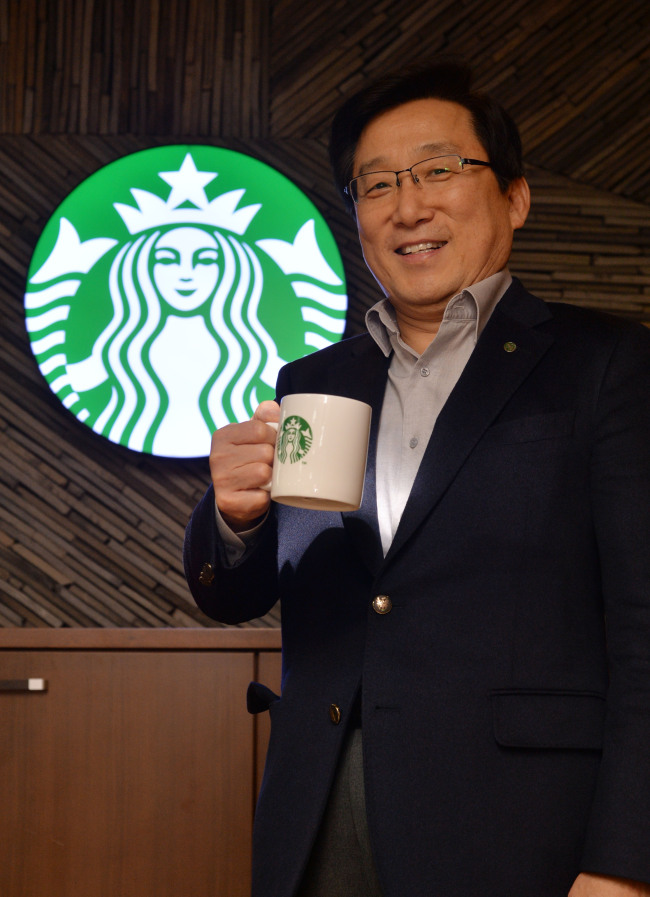
For his efforts to create more quality jobs for the disabled, Lee was awarded the 2012 Presidential Award for Excellent Job Creation by then President Lee Myung-bak and the 2013 Industrial Service Medal by President Park Geun-hye on Dec. 24.
The “Return Mom Program” is another job-creating innovation Starbucks has pursued in a move to help women get back in the workforce.
The program mainly involves women who quit jobs at Starbucks, then returned as temporary workers to enjoy the same benefits and status as a regular worker. A total of 38 women have returned to local Starbucks branches so far, working up to four hours a day, five times a week.
Health insurance and student loans for their kids are a part of the salary package for these working moms.
“The primary goal of the program was to assure our staff that once they become a member of the Starbucks family, they always will be,” Lee said. “Once a Starbucks partner, always a partner.”
He added that the company thought it would be a huge loss if they had to let these people go on account of household issues.
The hiring of returning moms and physically challenged staff all help to achieve Starbucks’ bigger goal, which is to provide better customer service. The hands-on management of Lee, a former Westin Seoul hotel president, bring it closer to this goal.
Lee, who has made a total of 5,000 visits to the nation’s 500-plus Starbucks, likes to frequently share his vision and hold business discussions with new partners.
“But as always, the customer comes first. Even during our discussions, when I see a customer, I ask the partners to tend to them first,” the CEO said. “The reason why we put so much effort into our partners is because I believe that when the staff is happy, the customers are happy.”
According to Starbucks, the number of “partners,” as the coffee shop chain refers to staff, has risen by 36 percent in three years, to 5,750 in 2013 from 4,228 in 2010.
In order to offer a quicker response to customers and reduce errors that the partners may make, Starbucks is digitizing its information, including customer data.
Customer feedback is compiled and pops up whenever any of the partners access the company’s Internet to remind the staff that customer satisfaction is their main priority.
Manuals on how to deal with different customer demands are also stored as data. Included is Starbucks’ secret weapon of calling out customers’ actual names rather than the drink they order.
“Our partners, from the novice baristas to myself, follow the same kind of protocol. But at the same time, based on customer data, the partners can decide when and whether to hand out free drinks or extra shots,” Lee said. “This is how Starbucks strives to become a better workplace for both our partners and our customers.”
By Bae Ji-sook
(baejisook@heraldcorp.com)
-
Articles by Korea Herald


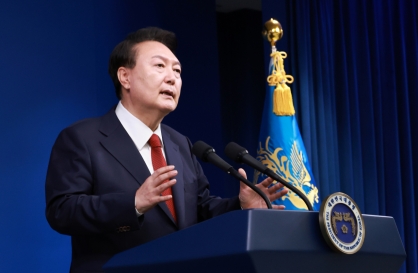


![[K-pop’s dilemma] Can K-pop break free from ‘fandom’ model?](http://res.heraldm.com/phpwas/restmb_idxmake.php?idx=644&simg=/content/image/2024/05/09/20240509050541_0.jpg&u=20240509173751)
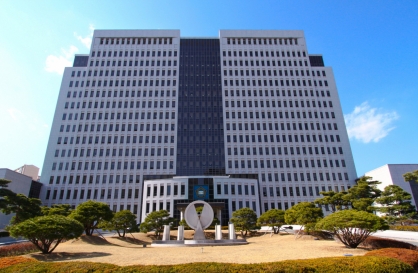


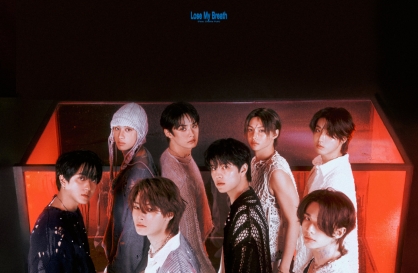
![[News Analysis] Yoon's first 2 years marked by intense confrontations, lack of leadership](http://res.heraldm.com/phpwas/restmb_idxmake.php?idx=644&simg=/content/image/2024/05/09/20240509050612_0.jpg&u=20240509233252)
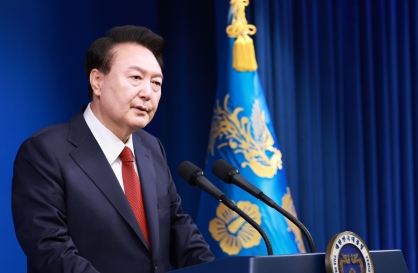



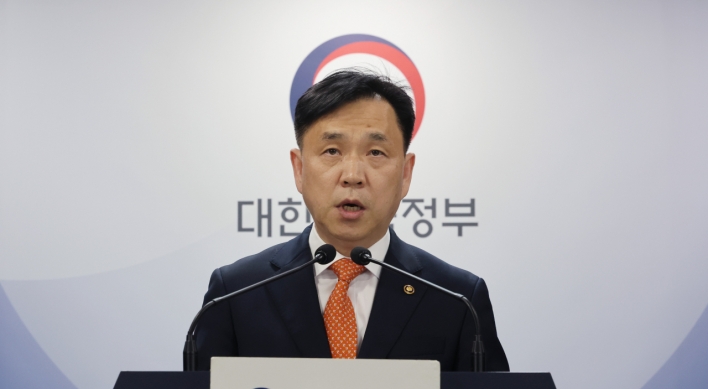



![[Today’s K-pop] NCT’s Mark to drop 1st solo album in February 2025](http://res.heraldm.com/phpwas/restmb_idxmake.php?idx=642&simg=/content/image/2024/05/10/20240510050597_0.jpg&u=)